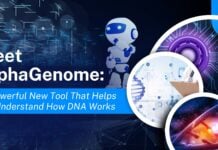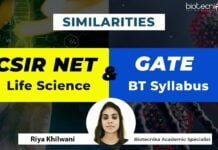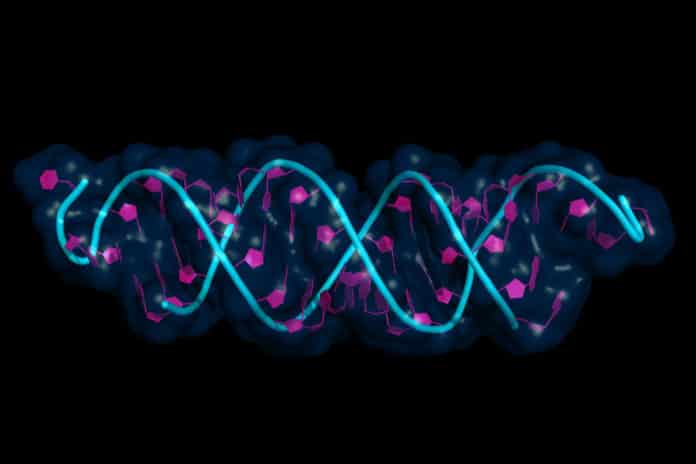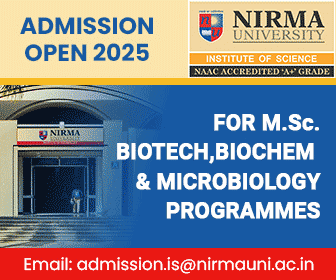New Improved & Accurate Single-Cell RNA Sequencing Method Developed
Single Cell RNA Sequencing aids researchers to get in-depth knowledge of the regulatory process between genes, cell lineages during development and uncover rare cell populations. It enables researchers to study individual cells taken from a population. Researchers at Cornell University have developed an advanced single-cell RNA sequencing techniques that makes sequencing of single cells much easier and accurate.
Earlier in 2015, A process called “Drop-Seq” was introduced by the researchers from Harvard University and the Massachusetts Institute of Technology. The Drop-seq simultaneously allows a process to characterize the identities of numerous cells using nanoliter-scale droplets and by attaching an identifier to every cell’s RNA. Under this process, human cells have been encapsulated with tagged microparticles that initiate reverse transcription of cellular mRNA. Iwijn De Vlaminck, Ph.D., assistant professor in biomedical engineering at Cornell University said that these technologies are extremely popular owing to its lower cost and ease of usage.
However, drop-seq is accompanied by a drawback, it can simply recognize a certain sort of messenger RNA (mRNA) molecules, which limits the potential extent of analyses. To overcome this the team of researchers accompanied by Dr. De Vlaminck devised a simple, cost-effective tweak into the present Drop-seq protocol that enables multiplexed amplicon sequencing and transcriptome profiling in single cells.
The newly modified sequencing method – DART-seq can lead to discoveries in infection and immunology. The investigators with the help of DART-seq described the non-A-tailed transcripts of a segmented dsRNA virus along with the transcriptome of the infected cellphone. Additionally, DART-seq was used to simultaneously determine the paired, variable region heavy and light chain amplicons and the transcriptome of B lymphocytes. The tech can identify virus-infected cells and quantify viral and host gene expression, thus enabling evaluation of the host response to infection at a single-cell level.
“A single virus species can be extremely varied, which diversity enables them to do extraordinary things,” explained Philip Burnham, a graduate student in the De Vlaminck lab and co-first author on the paper. “So in the event that you’re able to zoom to the single-cell level, it is possible to really see how minor changes from the virus cause a potentially huge change in how the cell reacts to this small mutation.”
Mridu Saikia, Ph.D., a postdoctoral associate in the De Vlaminck laboratory and co-first author in the paper, believes DART-seq will also help inform new approaches to cancer therapy. “Cancer cells are a very heterogeneous population,” she explained, “and if you do not examine them in the single-cell degree, you often miss important info. Our technology also allows that.”
The findings of this novel research was recently published Nature Methods in a paper titled, “Simultaneous Multiplexed Amplicon Sequencing and Transcriptome Profiling in Single Cells,” reveals an effective procedure to enzymatically personalize the beads prior to performing traditional Drop-seq analysis, allowing for the retrieval and analysis of a larger variety of atoms that are available through Drop-seq sequencing.
Source: news.cornell.edu
































